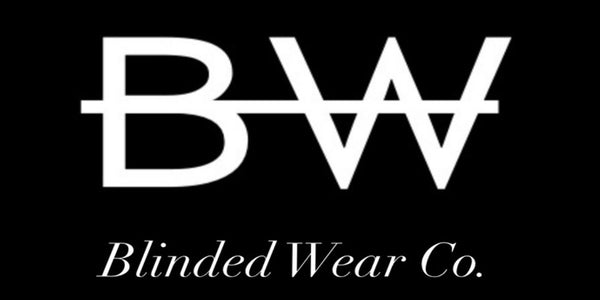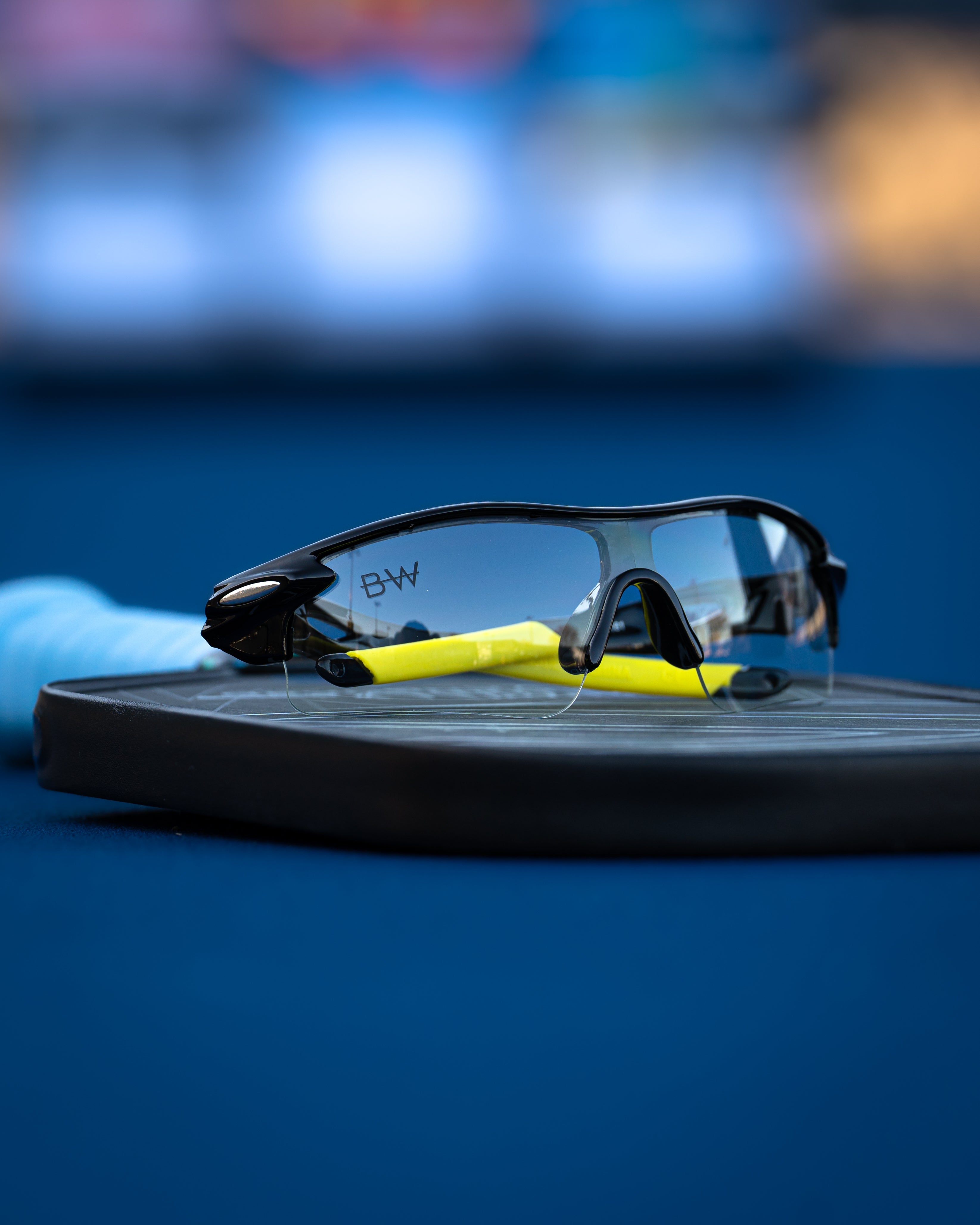Are Transition Lenses Good for Pickleball? Pros and Cons Explained
Share
Are Transition Lenses Good for Pickleball? Pros and Cons Explained
As a pickleball player, you need eyewear that adapts to the changing conditions on the court, from bright sunlight to shaded areas. Transition lenses—also known as light-adaptive lenses—have gained popularity due to their ability to adjust to different light levels. But are they a good choice for pickleball players? Let’s explore the pros and cons of transition lenses for pickleball, and whether they’re the right fit for your game.
What Are Transition Lenses?
Transition lenses are a type of light-adaptive eyewear that automatically darken in response to sunlight and clear up indoors or in low-light conditions. These lenses can be convenient for people who move between different environments and don’t want to switch between prescription eyewear and sunglasses.
Pros of Transition Lenses for Pickleball
-
Convenience: The most obvious benefit of transition lenses is convenience. If you’re playing pickleball outdoors and then move indoors, you won’t need to change your eyewear. The lenses adjust automatically, so you’re always ready to play without fumbling with different pairs of glasses.
-
UV Protection: Just like regular pickleball sunglasses, transition lenses provide built-in UV protection, shielding your eyes from harmful sun exposure. This is particularly important for pickleball players who spend a lot of time on the court.
-
Clear Vision Indoors: When you move indoors for pickleball or during overcast days, the lenses lighten to provide clear vision, reducing glare and improving your performance in low-light conditions.
Cons of Transition Lenses for Pickleball
-
Slow Adjustment: One of the biggest drawbacks of transition lenses for pickleball eyewear is that they take time to adjust. In fast-paced sports like pickleball, rapid changes in lighting, such as moving from sunny areas to shaded ones, can cause delays in the transition process. This could potentially interfere with your game.
-
Outdoor Performance Limitations: Transition lenses tend to darken in response to UV light but might not darken enough in extremely bright conditions. As a result, they may not provide the level of sun protection or glare reduction needed for outdoor play under direct sunlight. If you're playing on a bright pickleball court, you may need more effective non-polarized lenses or gray-tinted lenses for optimal performance.
-
Not Ideal for All Environments: While transition lenses work well for moderate sunlight, they may not offer the best solution for environments with fluctuating light, such as indoor courts with artificial lighting. For players who regularly transition between various environments, the delay in adjustment can be a significant disadvantage.
Are Transition Lenses Worth It for Pickleball?
For casual players who frequently move between different lighting conditions, transition lenses might offer enough benefits to justify their use. However, for more competitive pickleball players who play in bright, sunny outdoor conditions, non-polarized or gray lenses may be a better option, offering quicker adjustments and better glare reduction.
If you’re considering prescription eyewear for pickleball, we offer a range of options, including clear lenses, gray lenses, and transitional lenses tailored to your vision needs. You can explore our collection of prescription pickleball eyewear for the perfect pair to enhance your game.
Conclusion
Transition lenses can offer a high level of convenience, but they might not be the best choice for all pickleball players. If you're playing in bright, sunny conditions, you may want to opt for non-polarized pickleball sunglasses or gray-tinted lenses for optimal visibility and protection. For indoor play or casual outdoor conditions, transition lenses can be a great, all-in-one solution for changing light levels.
If you're looking for eyewear that works for all conditions, check out our collection of prescription pickleball glasses, including various lens options like clear, gray, and transition lenses.

